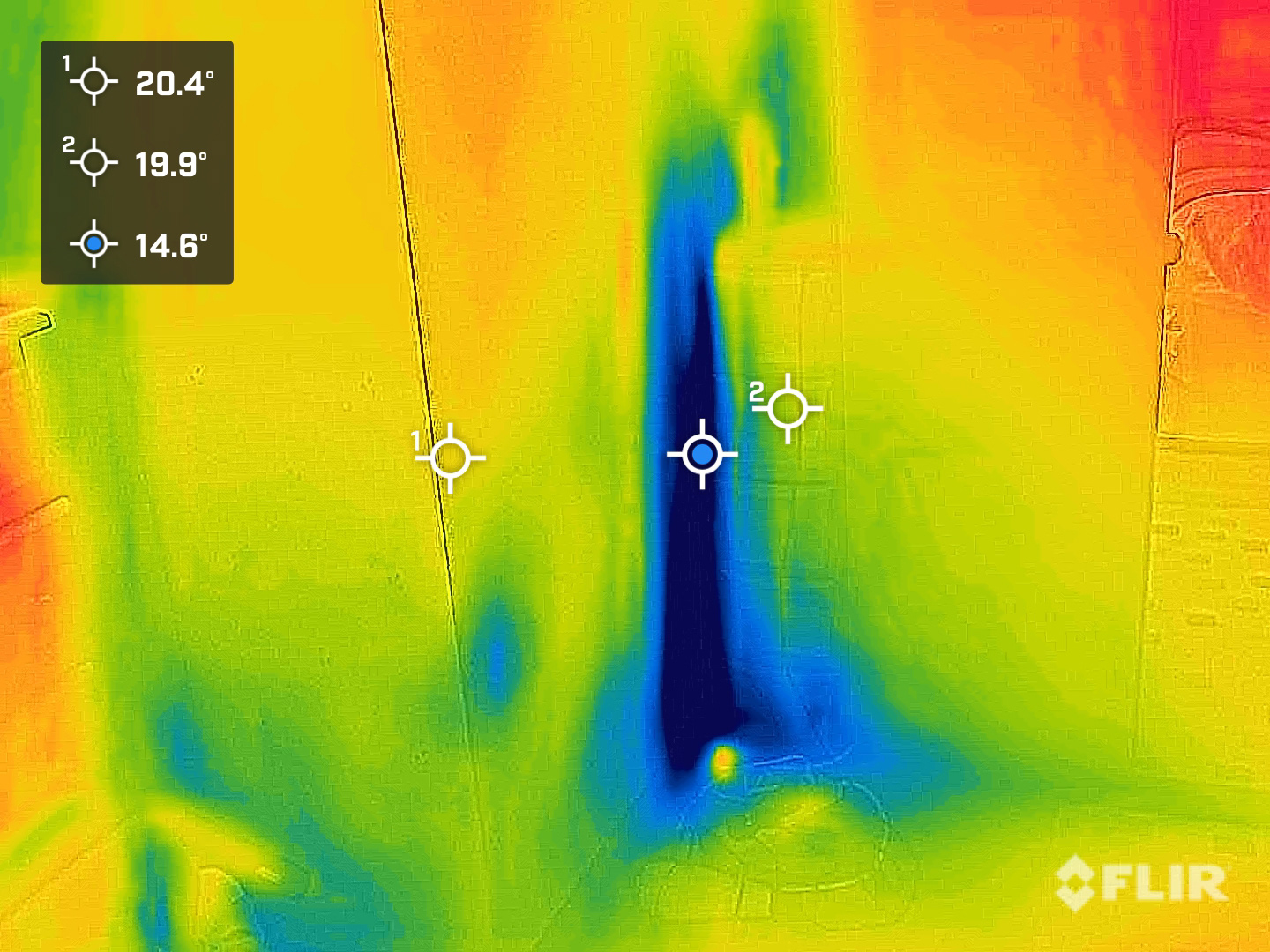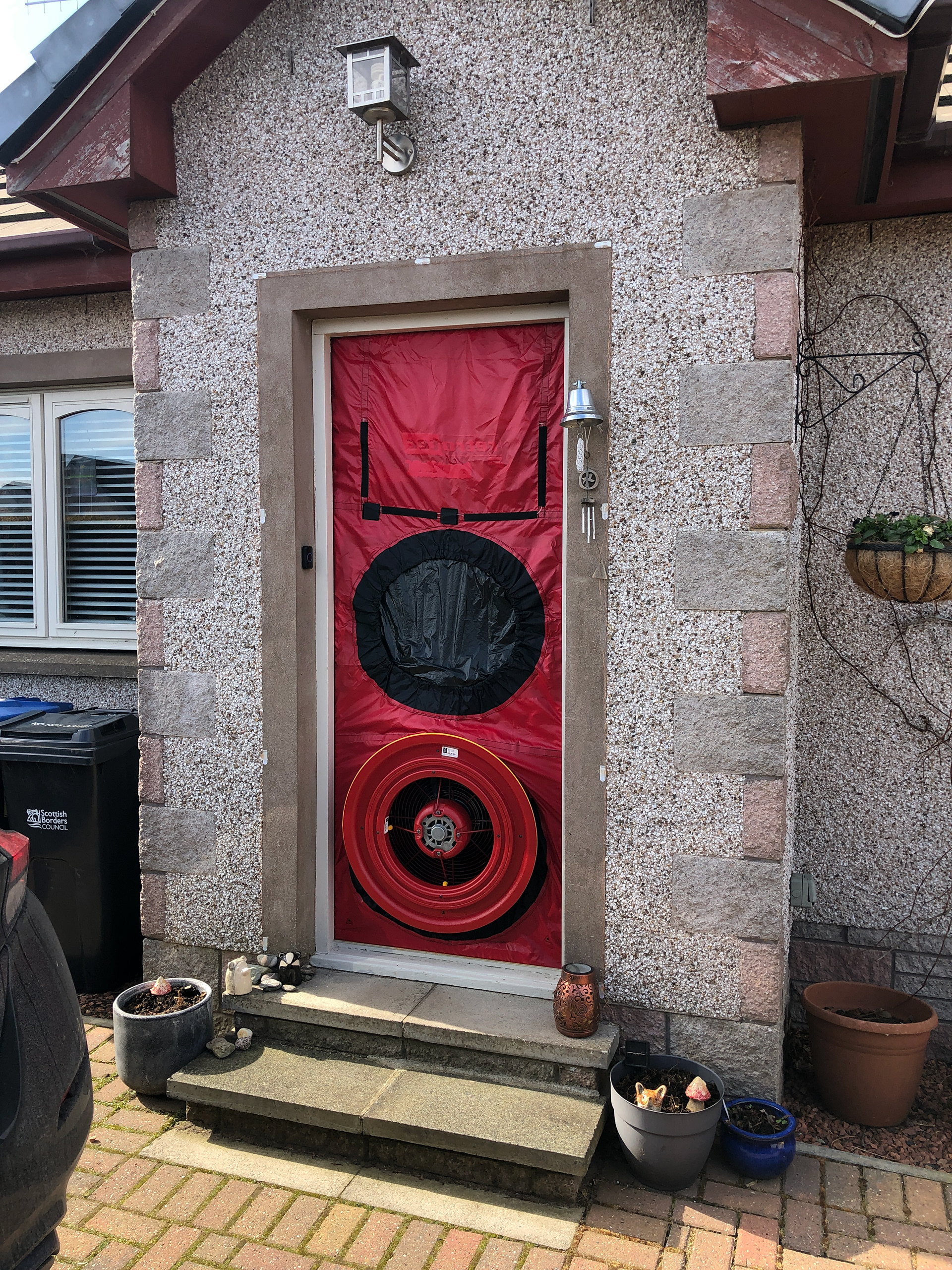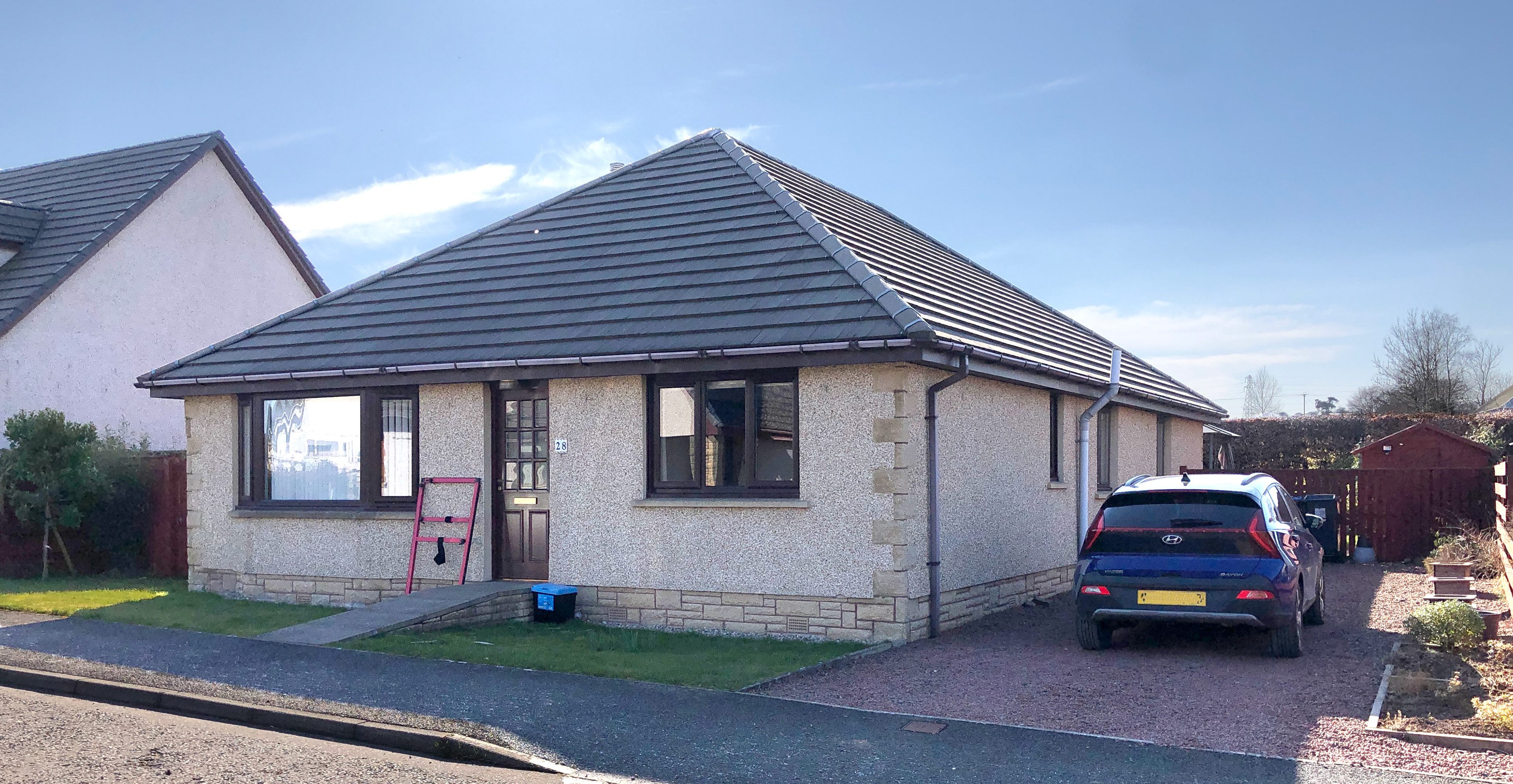In early 2025 mwclubb were commissioned by the Scottish Borders Construction Forum to deliver place-based assessment of housing in Oxton, a village of around 160 houses. The project focussed on a cluster of 45 timber frame homes, earmarked on the council’s Local Heat and Energy Efficiency Strategy as “heat-pump” ready.
mwclubb carried out Retrofit Assessments on 8 of these homes and gathered intelligence from the community on their attitude to the energy transition as well as their long term aims for their homes.
The project highlighted a huge variance in the existing condition of the homes, most of which are 20-30 years old. Each home was faced with different issues, but there were many common issues that could be addressed without major disruption.
Community buying power is a key outcome of the project, showing that if the community gets together they can bulk buy retrofit measures that would save 25% on the peak heating load. This would reduce the size of heat pumps required and reduce the load on the local electricity grid which is already constrained.

One of many common thermal bridges observed

Air permeability testing

Typical room in roof home

Typical Bungalow
Assessments
8 homes received Retrofit Assessments, air-permeability tests and thermal imaging surveys. All of the homes are in private ownership with a mix of demographics, from young families, to retired couples. The air permeability test results ranged from 5.2 to 11.4m3/m2, illustrating the huge differences in construction quality and modifications on these homes.
Energy Efficiency
We saw a clear performance gap between the energy efficiency on paper and the actual experience of the homeowners. The overall heating efficiency of these homes ranged from 138 to 187 kWh/m2yr, we demonstrated that every home could reduce its overall loss to less than 50kWh/m2yr, a 73% saving for some.
Carbon Emissions
We found 5 different sources of heating being used among these homes: LPG, Heating Oil, Solid Fuels (biofuel), Direct Electricity and one Air-source heat pump. Upgrading each home to a heat pump presented challenges, the largest being the existing pipework.
Half the homes surveyed have micro-bore pipework, which is essentially incompatible with efficient heat pump operation. This is a major source of disruption given that existing pipework, running under the suspended floors, would need to be replaced.
Renewables
Very few homes had solar panels, this is largely due to the limited availability of roof space because many of the homes are room-in-roof with dormer windows.
Comfort
Our modelling showed that the average temperature being experienced, in winter, in these homes was as low as 15ºC. This agreed with residents' perception of their comfort and their use of additional heating equipment during the cold months.
Indoor Air Quality
Although air quality was not directly measured on this project, significant issues with odours and stale air were observed during the surveys and some homeowners reported issues with certain rooms in their homes.
Additionally, our modelling, which is correlated with domestic air quality data from our portfolio, predicted a medium to low air quality rating for many of the candidate dwellings.
Mould
Although mould levels were lower than we normally observe in typical homes in Scotland, mould on window frames was common in 50% of the homes and one home in particular had extensive mould on the upper storey. This was caused by high occupancy, under-heating, faulty ventilation systems and thermal bridging.
Overheating Risk
None of the homes were at immediate risk of overheating, however some have conservatories that cause local overheating and the risk of overheating increased with 2050 climate data in our modelling.
Flood Risk
While local river and coastal flooding risk is very low, the rainwater gutters and downpipes on some homes were not sufficient to deal with the 25% increase in rainfall currently predicted by 2045 in Scotland.
Community
The development is fortunate to have a strong community that already bulk purchases their oil and LPG. Local volunteers also assist with work on the village hall and other neighbourhood activities. Homeowners struggle to find trades to undertake routine maintenance work on their homes.
Grid Infrastructure
Most of the homes in this development were on 60A single phase supplies. Supplies commonly need to be upgraded to 100A to accommodate heat pumps.
The grid capacity information from the local District Network Operator, SP Energy Networks, shows that the local grid capacity is constrained. It is clear that grid upgrades will be required if all homes are to adopt heat pumps and electric vehicles.
Conclusions and Next Steps
Working together enables action!
The level of interest from homeowners was high. This is typical of our experience when engaging our building physics experts with homeowners. When people are provided with comprehensive knowledge of their home, trust is built and informed decisions can be made.
Skills training
Installing retrofit measures required specialist knowledge that isn't present in the local supply chain. There a number of homeowners interested in learning some of this knowledge, so we will looking at delivering retrofit training as part of next steps.
Grid Constrained - by how much?
It is clear that grid upgrades are required in Oxton, however the levels of grid upgrades required will vary hugely depending on how heating is provided. If heat networks and energy efficient retrofit is installed, the grid demand will be far lower than if air-source heat pumps are installed without building fabric measures.
No two homes are the same!
While the homes in Justice Park are generally of a similar size and construction, the difference in heating systems means that the affordability of heating different homes varies significantly. This in turn inflicts poorer living conditions on those least able to afford the transition.
More interest in healthy homes, than low emissions!
While the transition will be disruptive to many households due largely to the microbore pipework, some of whom are not interested in reducing their emissions, improving their living conditions for health and air quality reasons is often the most engaging point.
A strategic approach to delivery is required, one that adopts fabric improvement measures to improve the living conditions and grid demand alongside heat networks and heat pumps.
Finance is a blocker for the right package of measures
Bringing the right solution to fruition must recognise the financial constraints that currently prohibit this combination of measures. Many households here can neither afford the measures required, or qualify for funding. An overall system funding solution, that realises the overall benefits to the community, to public health and to infrastructure needs to be developed.
Next Steps
We're continuing to work with the Borders Energy Agency and the local District Network Operator to develop further steps to support the community and develop a holistic solution
If your community or locality is interested in getting more information on any of the topics above, or would be delighted to help. Please get in touch for an introductory chat